Investing in a PPC platform like Google Ads can have a significant impact on your business.
In fact, according to Google, the average advertiser on their platform makes two dollars for every dollar they spend. That means the majority of people on the platform are doubling their investment.
It all sounds nice in theory, right?
But what if you start a campaign and get surprised with a nasty price tag?
It’s much better to research.
So, how much will Google Ads cost for your business? How much will it actually cost you to get a customer?
In this article, we’ll cover the latest data on cost per click for your industries as well as how to use Google’s own tools to forecast your ad spend.
This way, you’ll know what to expect and can get started with Google ads with realistic goals and expectations.
Read on so you can start your first Google Ads campaign on the right foot.
How Much Does Google Ads Cost?
Google Ads (previously AdWords) uses an ad auction model, so there is no set cost for a single ad.
Companies create campaigns, and what they are willing to pay affects their ad rank (which controls whether their ad wins and shows up or not) along with relevance and other factors.
Each keyword and display ad placement holds an auction for every new user.
This means that the Google Ads pricing is fluid, depending on what your competitors are bidding for the keywords, locations, and audiences you choose.
Depending on your industry, location, and competition, keywords can cost as low as a few cents or as high as a couple hundred dollars.
If you’re targeting high competition keywords with high commercial intent (and high potential value), you’ll end up spending a lot of money. But the possible ROI is also a lot higher.
Let’s take a closer look at some of the industry CPC differences in 2020.
Google Ads CPC By Industry in 2020
The CPC of a keyword depends on the potential value of a customer.
So industries with high customer lifetime value and a relatively short sales process have become extremely competitive on Google Ads.
Just look at the latest data from March 2020:
Average Google Ads CPCs by industry (search only, excludes display and YouTube ads):
- Insurance: $18.57 avg. CPC
- Online education: $14.04 avg. CPC
- Marketing and advertising: $7.4 avg. CPC
- Legal: $6.97 avg. CPC
- Internet and telecom: $5.94 avg. CPC
- Online banking: $5.08 avg. CPC
- Car dealership: $2.47 avg. CPC
- Home and garden: $2.09 avg. CPC
- Fitness and health: $1.98 avg. CPC
- Cryptocurrency: $1.87 avg. CPC
- Travel: $1.86 avg. CPC
- Beauty and skincare: $1.7 avg. CPC
- Real estate: $1.6 avg. CPC
- Jewelry: $1.31 avg. CPC
- Pharmaceuticals: $1.24 avg. CPC
- Fashion retail: $1.19 avg. CPC
- Electronics: $0.83 avg. CPC
Insurance, online education, marketing, and advertising services, legal, internet, and telecom, are the most expensive industries, with insurance topping the pack at a whopping $18.57 avg CPC.
A single insurance-related keyword click costs almost 20 dollars, on average.
Companies in most of these industries typically market subscription services, where the customer pays a monthly fee for a long time.
Because a single customer can be worth so much, this drives up the Google Ads search PPC as well.
On the other end of the spectrum, electronics keywords cost only $0.83 on average.
But it’s not just the industry that affects the CPC.
The difference in location also means different spending power among customers, which impacts advertising costs.
Average Google Ads CPC by Country
Countries with high general living expenses typically show a much higher average Google Ads CPCs.
The statistics below show the combined average CPC from Google Ads, Bing Ads, and other SEM platforms by country:
Switzerland and Norway, two notoriously expensive countries, lead the charge, at an average CPC for paid search at $0.8 and $0.77 per click a piece.
There are also significant differences in CPCs in different regions, cities, and even neighborhoods within the same country for the same reason.
But since these higher CPCs usually reflect an increase in spending power, you shouldn’t avoid them unless you test them and see a negative ROI.
Often, you can experience a much higher conversion rate or average order value from more expensive areas.
Average CPC by Device
The combined average for both display and search ads shows a unified trend where mobile clicks are cheaper.
In Q1 2019, the average mobile CPC for a digital ad was $0.42, and a single desktop click cost $0.73.
All this data should give you a decent idea of what it might cost you for a single ad.
But, when you’re trying to answer the question of how much a Google Ads campaign will cost, it’s not enough to look at averages.
One of the biggest mistakes in launching a PPC campaign is failing to do the proper research before jumping in.
Based on your industry, you could be paying anywhere from a few cents a click to twenty bucks.
But even within each industry, there are huge variations in keyword costs and average costs per click.
To get some more relevant data, you need to research individual keywords that your business is likely to target in your area.
How To Forecast Your Google Ads Costs With the Keyword Planner
Forecasting your ad budget means first figuring out what your ad cost might need to be.
If you’re not sure of which keywords to search for, try brainstorming what people usually search to find your business.
For example, do you run a flower shop? If so, people likely search for “local flower delivery” or “local florist.”
If you still can’t think of anything, you can also use the keyword planner in Google Ads for free.
Head to your account and open the keyword planner:


You can also enter your homepage or a landing page (if you have one) to help get keyword ideas based on your site:
Make sure that the language and location of your search are relevant.
If you have a delivery service, you should set the location to your local city, state, or delivery area. For example, we could set it to New York City.
The results will show you the average monthly search volume, as well as the top of page bids.
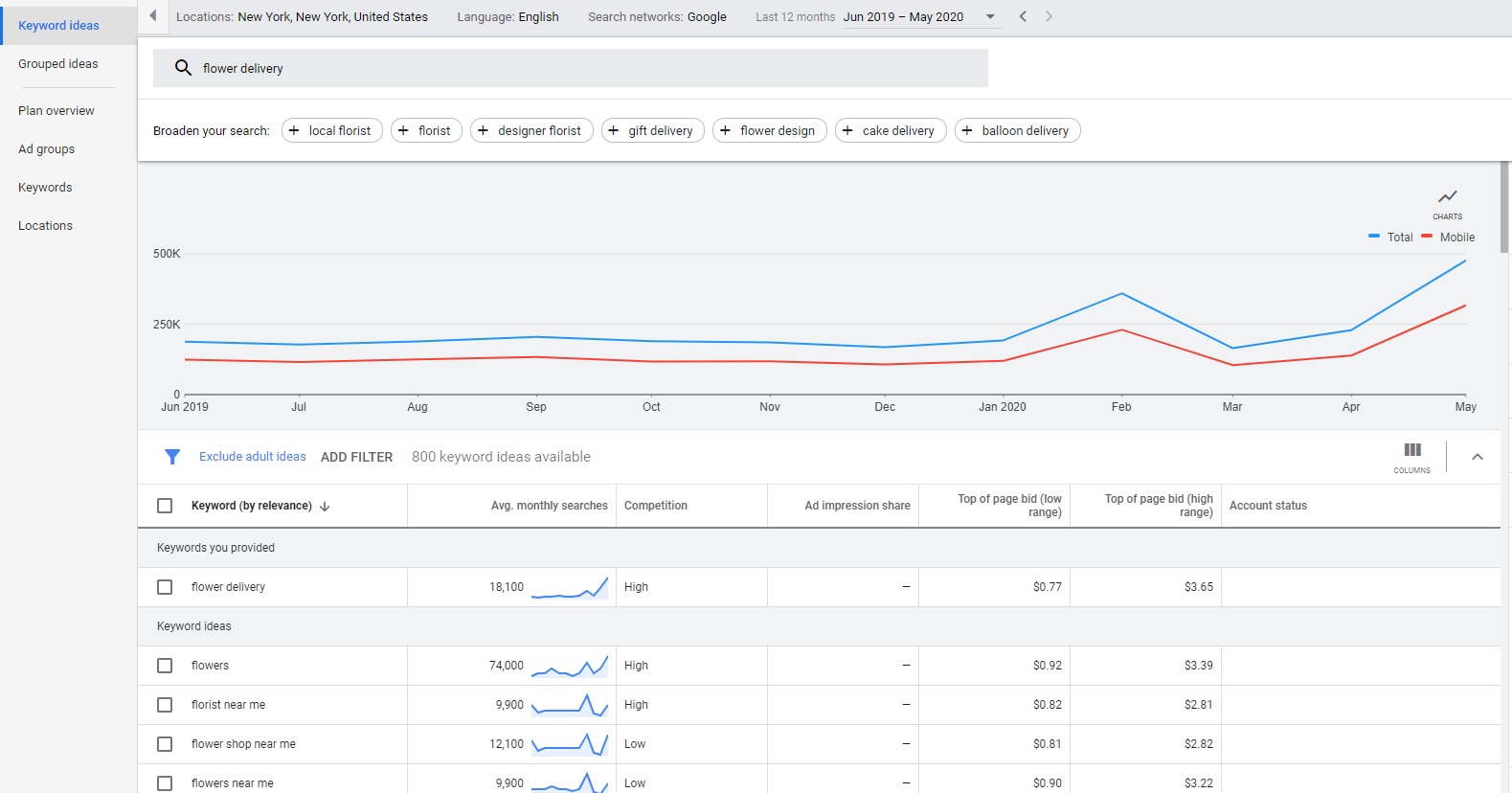
You can view historical monthly search volumes by hovering over the graph next to the average volume number.
Once you have this data at your fingertips, it’s time to choose a few keywords that are relevant to your business.
Simply check the box next to the keywords, and click the “Add keywords” button. (By default, the option is set to “Add to plan”).
Once you’ve added the keywords, you can immediately forecast the costs of your campaign by clicking the “Plan overview” link in the sidebar.
The forecasting tool is almost like a Google Ads cost calculator.
Google predicts that for a campaign targeting the five keywords selected above in NYC, the average cost per click would be $3.18.
You can take the total cost and conversions with a grain of salt since it doesn’t consider budget limitations.
If you set up this ad campaign in the whole NYC area with no budget limit, you’d spend roughly $21,000 for 390 conversions.
That’s not the cost of a single Google ad, but a theoretical unlimited campaign.
Of course, you have a budget to consider, and will (and should) start much smaller than that.
You also want to leverage some of that budget towards remarketing ads, and other platforms and not just spend it all on a single search ad.
We’ll help you with this in the next section.
How To Audit Your Google Ads Budget
You can’t create money out of thin air, unfortunately, so it can be tough to find money to spend on Google Ads.
And if you aren’t looking to reinvest money into your business or take money from your bank account to do it, it’s got to come from somewhere.
Hopefully, not one of those “I need cash now” commercials, though. Please don’t do that. Ever. 😥
In all seriousness, if you don’t have any money left in the budget and can’t afford to take from your bank account, you have one option:
Auditing your existing budget to find any gaps or wasted spend that you can use.
You can do this in a few different ways.
Option 1. Stop investing in underperforming keywords and locations
The easiest way to audit a Google Ads campaign is to look at the keywords report and find underperforming keywords.
This will help you spend more money on ads that actually bring in sales.
Just click the “Search keywords” link in the sidebar, and arrange the result by conversion costs.
From here, you’ll see a list of the keywords where a single conversion costs the most.
Often, you’ll see competitor brand names high up on this list.
To get a better return from your ad campaign, you should pause these keywords and spend more money on keywords that are bringing a positive return.
If you use broad match keywords, you should also add any bad keyword you find as a negative keyword as well.
You can do the same with locations. Open the “Locations” tab, and head to the “Geographic report” view.
From there, you can select how specific you want the breakdown to be, for example, narrowing down the data by state.
You might identify entire states, cities, or neighborhoods that are proving hard to convert. (A competitor may be located closer, or you might have bad delivery policies for the location.)
Adjusting down your bids for these locations, or removing them from your campaign altogether, can help you spend more where your money makes a difference.
For more guidance, check out our detailed 7-step Google Ads audit.
You can also find additional money from your marketing budget outside of Google Ads.
Option 2. Measure labor costs and adjust from there
It’s not always as cut and dry as analyzing a concrete number like sales from the X platform.
Remember: Time is money, too. Your time is the most valuable thing you have.
So if you’re spending ten hours a week on social media campaigns, even cutting back by five hours could free up tons of room in your budget.
To calculate this, you’ve got to take your hourly rate and multiply it by the number of hours you spend on a task.
Hourly rate * hours spent working on X task = cost of that task in labor
Let’s suppose that your hourly rate or salary for services is $50 and that you spend ten hours a week on social media campaigns.
Cutting back five hours would save you $250 in labor every single week.
That’s $1,000 extra each and every month in saved labor costs divided by overhead.
Now you can use that extra time and money to invest in a new platform, like Google Ads.
Option 3. Move budget from one platform to another
Another concrete way to generate a budget from thin air is by merely trading one platform for another.
But this isn’t always that easy.
The trick here is to analyze specific conversion data to see which platforms are taking up too much time and money with a low impact on your overall revenue.
For example, are you running email campaigns via software that costs you $99 a month?
What are the conversions like? What results do the campaigns get on average?
The goal here is to figure out where you can trim the fat, where you can eliminate budget wasting efforts that aren’t driving sales.
If you can do that, you can free up room for Google Ads.
To do this, you need to start analyzing your conversion data.
If you have goals set up in Google Analytics, you can measure goal completions and costs:
If you don’t have goal values set up, you can still calculate your costs by using an average lead value:
Total revenue generated by closed leads / total number of closed leads
Using this, you can analyze how much value a given platform is generating for your business.
Is Pinterest generating three leads per month? Multiply it by your average lead value.
Now analyze how much money you’re spending on direct spend and labor on that platform.
Is the labor and direct spend more than the average lead value or total monthly revenue from those leads?
Dump the platform and use that money on Google Ads.
Option 4. Audit your SaaS tool costs
The last option is to conduct a quick audit of your existing overhead costs in the form of tools.
Most marketers will have a diverse toolset that they use: keyword research tools, monitoring tools, social scheduling, and more. There literally is a SaaS tool for everything.
For example, I use dozens of tools every month that cost money: Evernote premium, Mailshake, Slack premium, Moz, and more.
Now, if I needed room in my budget, I could probably cut a tool like Evernote out just because it’s not essential to my business. I can take notes for free on it. I’ll only lose some functionality. But if that means getting to spend an extra $50 on Google Ads, it could be worth it.
Take a minute to analyze how much these tools cost and what your monthly bills look like.
Try eliminating non-essential tools or ones that aren’t helping you convert users into customers and use that extra room to form a Google Ads budget.
Start Small And Double Down If It Works
Earlier in this post, I gave you an example of how much it would cost me monthly for a sample campaign.
The forecast suggested a whopping $21,000 per month.
That’s not how you want to start your first campaign.
Instead, you can target the same keywords, but limit your budget, and bid low, since your budget is limited anyway.
By focusing on highly relevant ads and landing pages, you can drive sales and results even with only a few hundred dollars a month as your budget.
Contrary to popular belief, you don’t need a monster-sized budget to advertise on Google Ads.
Starting small is better in most cases, as it keeps CPCs and CPAs low, and is a lot less risky.
If you’re setting a monthly budget of $21,000 on Google Ads right from the start, you have a ton of risk.
You’re new to the platform, and being a newbie makes it much easier to blow your money without realizing it. But if you’re only investing $2-300, there’s no significant risk to your business.
The key with Google Ads is to start small and adjust your budget from there.
If campaigns are going well, you simply add more money because you’re making more money than you can reinvest.
According to Google, doubling your return on investment is the norm for advertisers on their platform.
Make sure you set up Google Ads conversion tracking from the get-go, so you can always monitor the results of all your campaigns and keywords.
You should also connect Google Ads and Analytics, so you have access to all the data.
Direct sales and direct profit into your bank account should be the determining factor for success.
Did your ads generate 15 sales for a cost per sale of $5? If that’s affordable, make it sustainable by doubling down.
Start small, adjust based on results, and double down if your campaigns are generating affordable and profitable sales.
Conclusion
When you want to explore a platform like Google Ads, you can’t do it without money.
But creating room in your business’ budget isn’t always easy or fun.
Thankfully, there are a few quick ways to create a Google Ads budget from scratch.
First, you can start by researching how much your keywords are going to cost.
This gives you an idea of how much money you’ll need to set aside for Google Ads, and somewhat answers the question “how much does Google Ads cost?”
Once you’ve done that, you can conduct a simple, quick audit of your existing budget:
- Where is your money currently going?
- What platforms?
- Are specific tools costing you a fortune without results?
- Can you sacrifice one to test Google Ads?
- Can you cut out five hours weekly from a task to save yourself labor costs?
It’s time to put your money into action.
Start small, and be sure you’re monitoring your campaigns and then doubling down if they work.
That’s all, folks!
Now it’s up to you. Try to put all this into practice and let us know your results in the comments below.
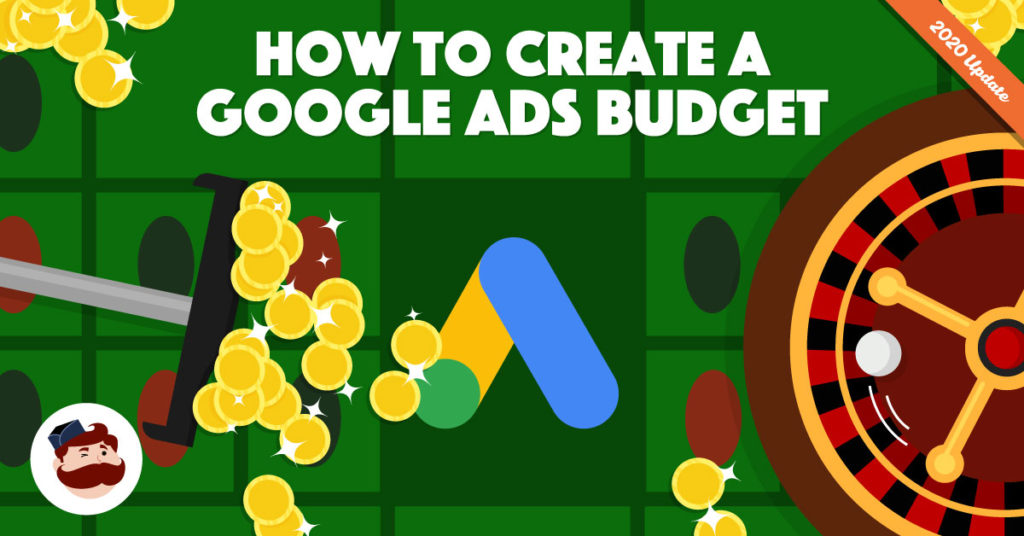
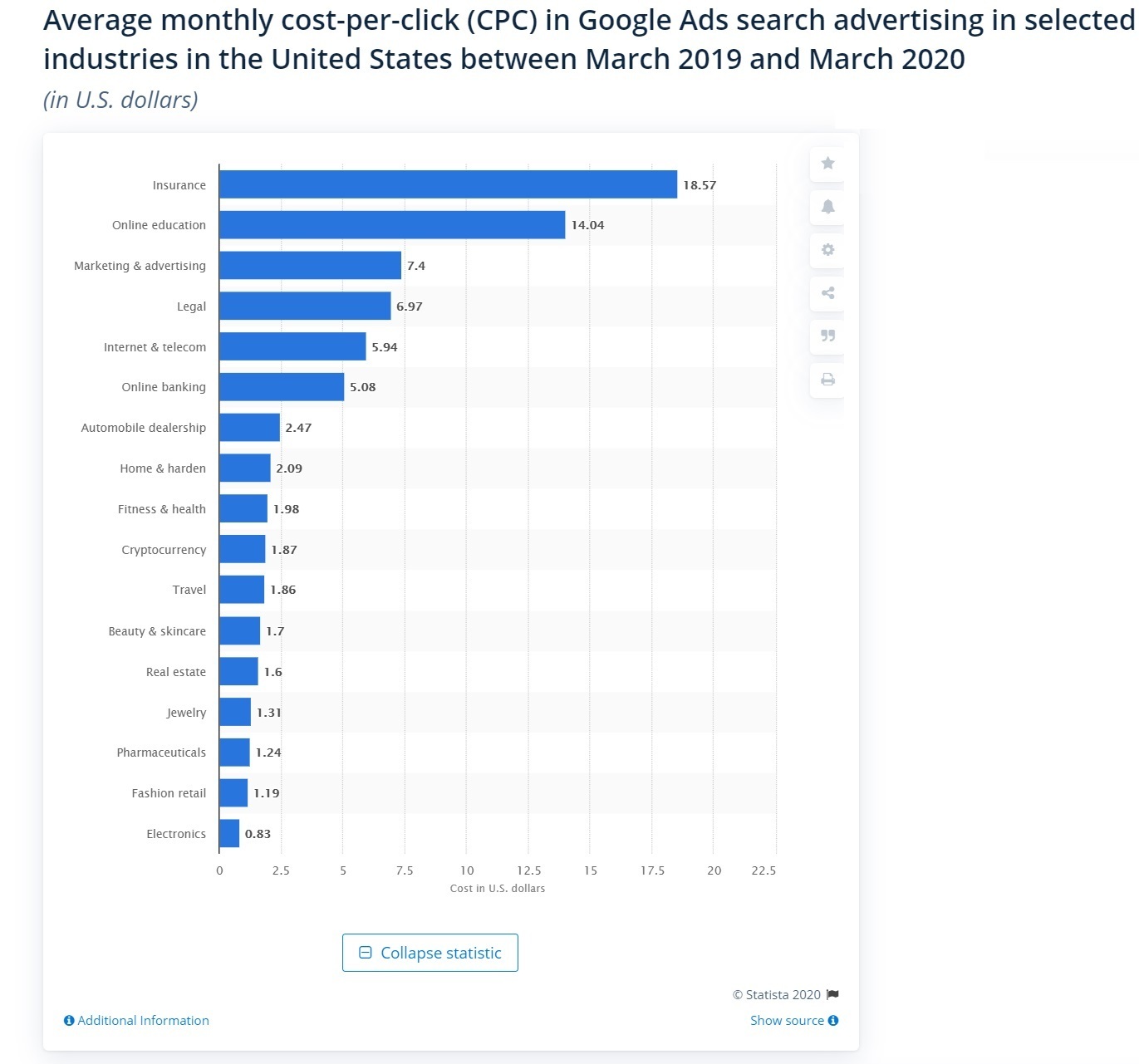
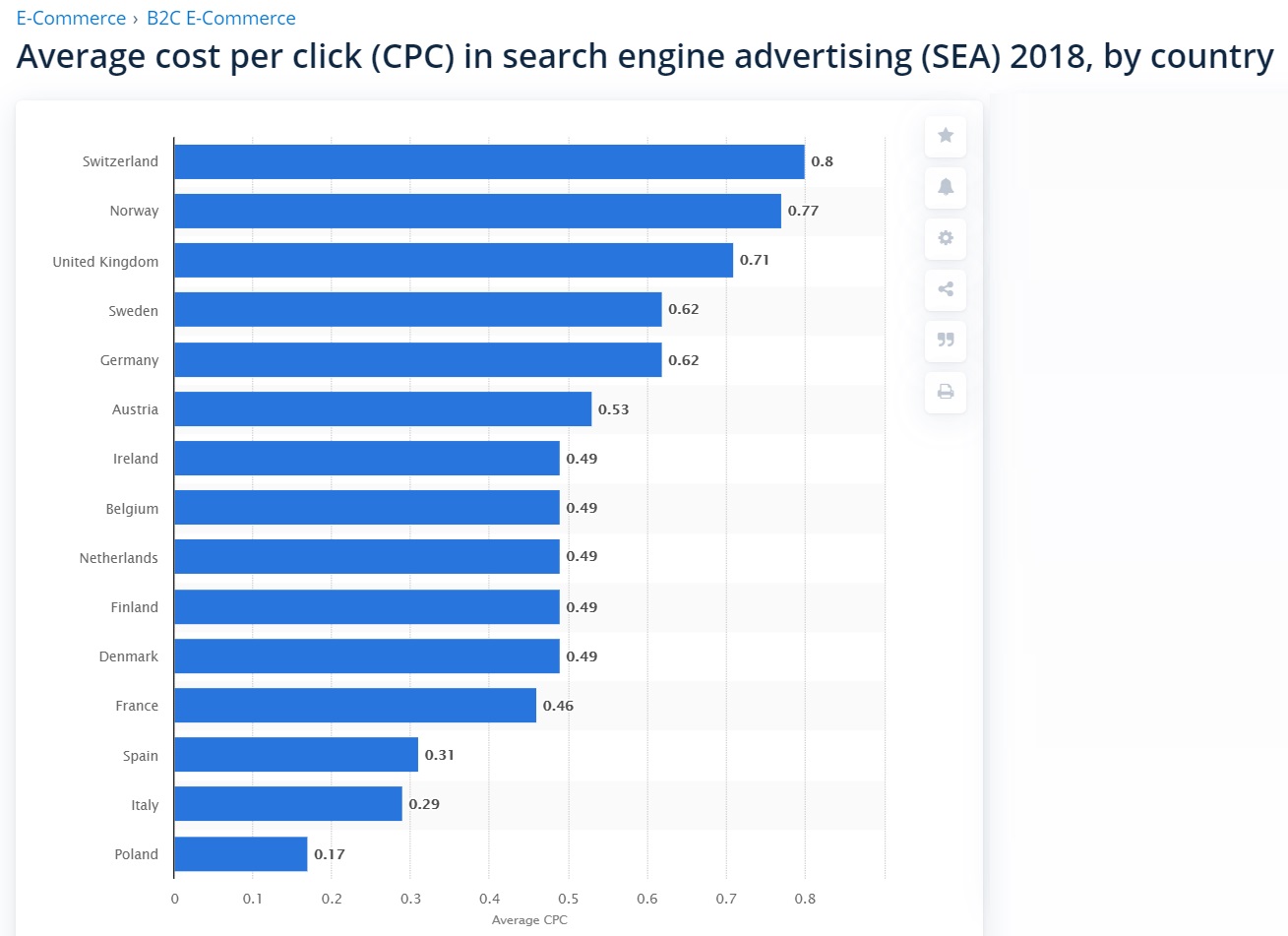
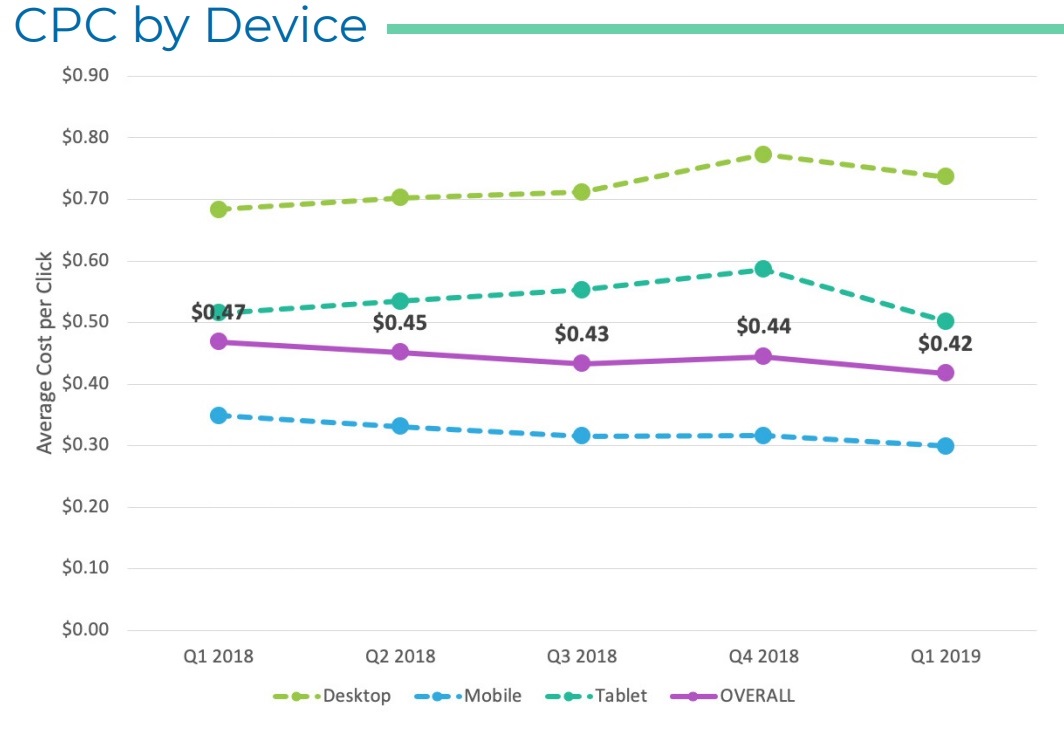
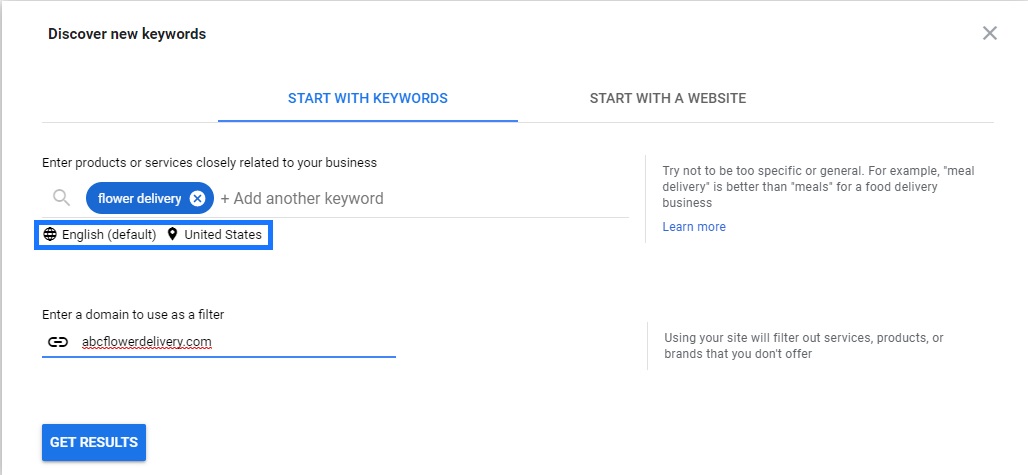
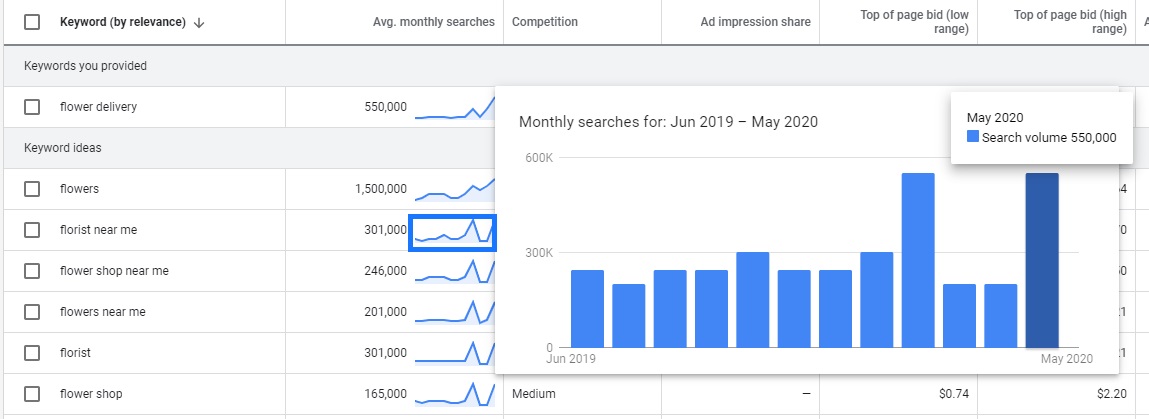
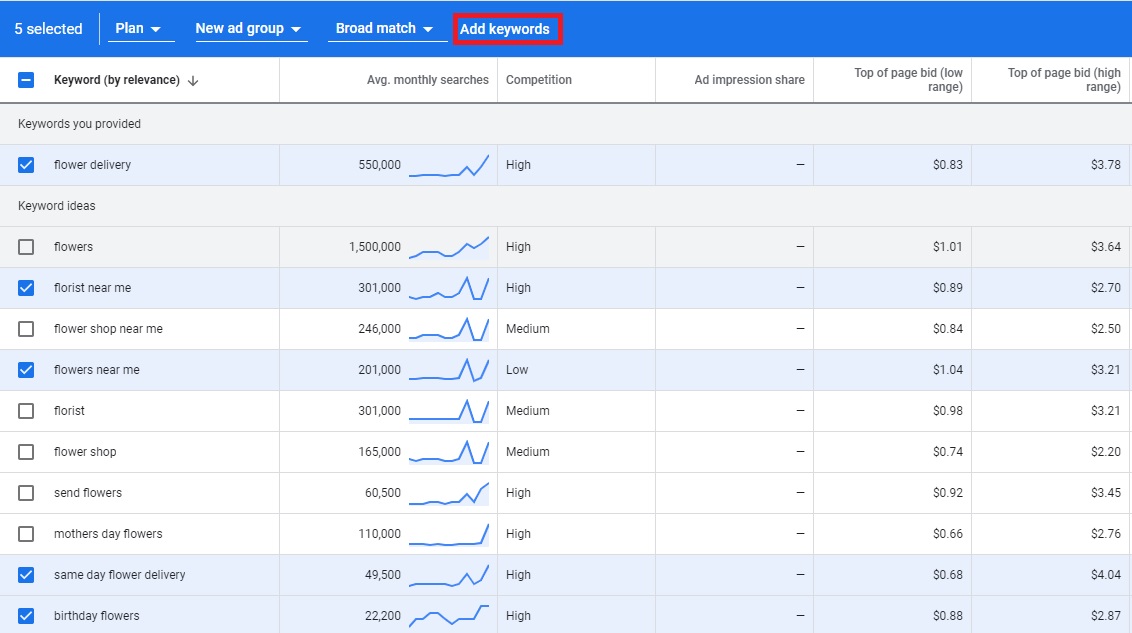
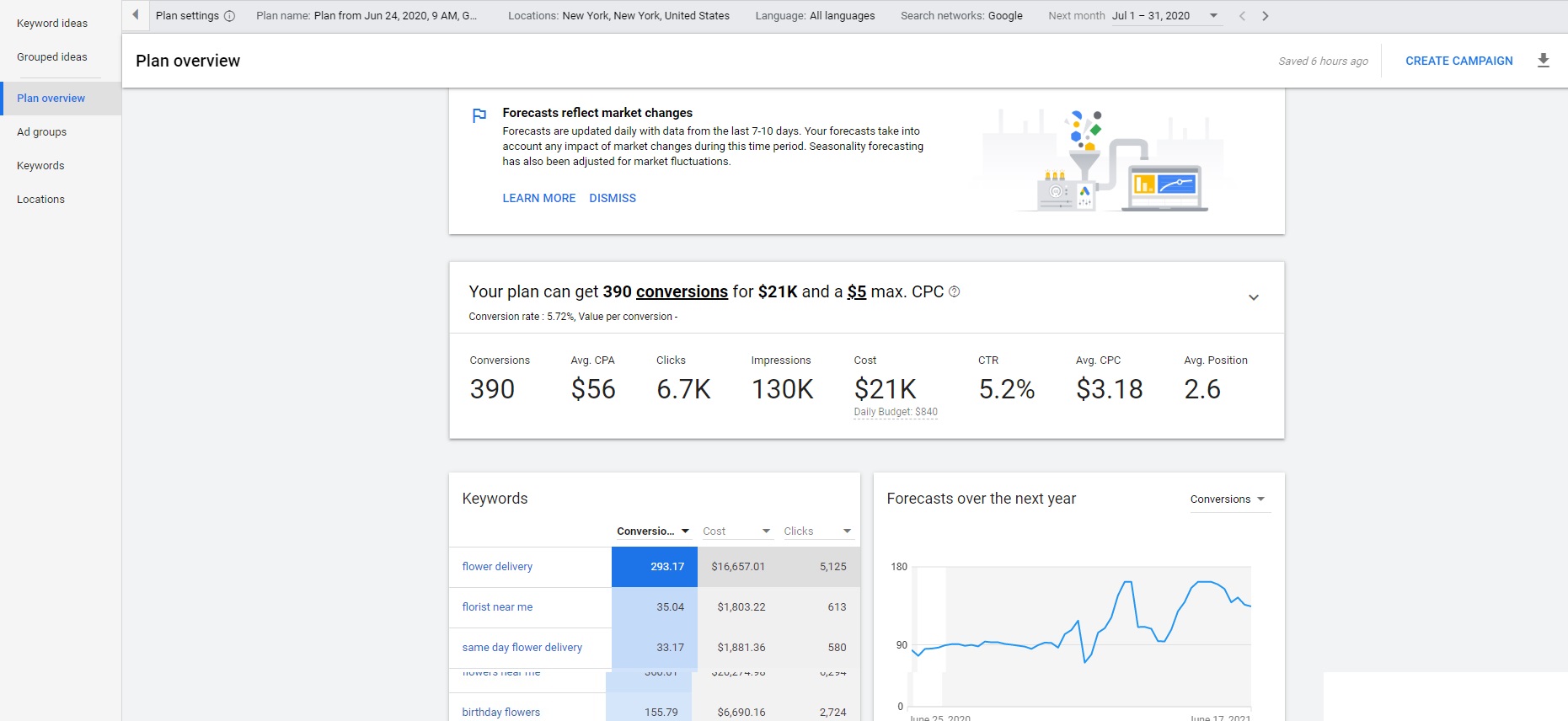
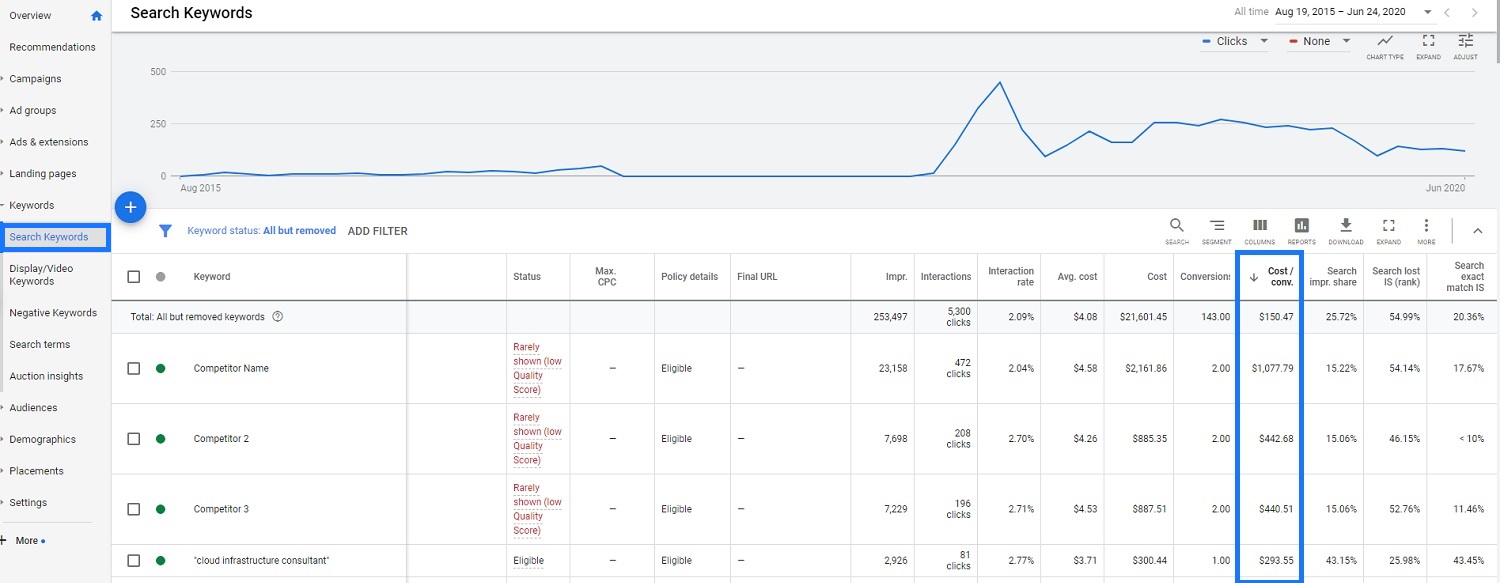
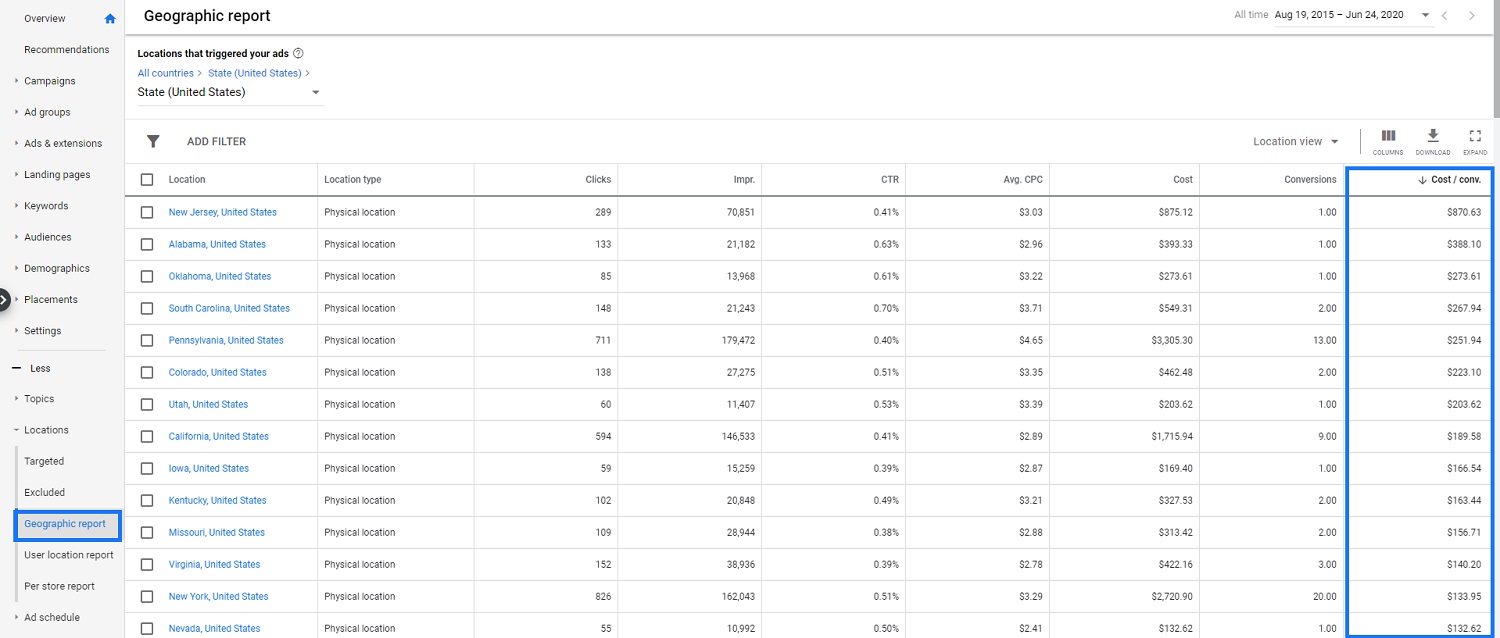


Is that $2 of sales for each $1 invested or two dollars of profit? As Google wouldnt know the margin on what you sell then I suspect they are talking sales. So a $1 item sold will need to deduct $0.50 for advertising then the cost of the item itself. Nowhere near enough margin for physical product.
Thanks for publishing this post on AdWords and the information have been really helpful for me.
This article is sort of misleading. What you show is definitely valuable, if you are trying to understand Adwords at the most minimalist level.. Beyond this, taking practice into your own hands would show the account history and actual CPC. It’s worth noting, that your references, are 100% invalid. SEMrush, along with SpyFu, and even GOOGLE, have no clue what you are going to pay.. Some services might speculate the cost with year-end financials, or general volume report against first-page bid (first-page bid also isn’t a fixed rate of whatever it says..). This is a fact. I am not assuming anything. For a $40 keyword, says Spyfu, I pay anywhere from 6 CENTS, to 2 dollars. I receive many leads from this. I don’t really want to share my secrets of intuition and practice but other than mis-leading information this is certainly a practice everyone should get use to who uses Adwords. Forecast. Your. Campaigns. Learn enough about what you are going to do with your money (it’s probably not your money), and pretend like it’s your money. Play the stock market. Gamble* in Adwords. Adwords is a bidding game, and that bid is not based on keywords. It’s based on conversions. If you fail to meet your Quota you bankrupt yourself. Good luck!
Thanks for all those tips! Very useful! It’s not recommended to add keywords directly from the search term report with this approach, but the goal here is to find negative keywords.
Hey Brad! Great article.
You’ve raised a critical issue about digital marketing here. Wanted to offer my $0.02…
In our experience working with ecommerce companies, the key is avoid wasting significant Adwords expenditure. One way to do so is with efficient structure.
Before you actually start running Adwords campaigns, it’s essential to consider any and all factors that your company can exploit and build from within the market to differentiate.
A few foundational questions worth asking are:
*What are your three undeniable goals?
*What are your best selling product lines?
*How does seasonality affect their performance?
*What is your past history of SEM performance?
*How has the competitive landscape shifted since your company launched?
*How much budget do you have to compete with other businesses in your vertical?
We wrote a long post about this called “The ROI of Structure,” and it may be useful for ya: https://bit.ly/2JxA2zJ
Good luck to ya!
I believe everything posted made a lot of sense. However, think about this, suppose you composed a catchier title?
I mean, I don’t wish to tell you how to run your website,
however what if you added a title to maybe grab a person’s attention? I mean How Much
Does Google AdWords Cost? Here’s How To Calculate
It. is kinda vanilla. You might glance at Yahoo’s home page and see how they write news headlines to get people
interested. You might add a video or a related pic or two to grab readers excited
about everything’ve got to say. In my opinion, it might bring your website a little livelier.
Great Content.
Can I suggest to also read: How Much Does It Cost to Build A Website?
A point of order: it’s a little misleading to suggest that the “majority of advertisers double their investment” in PPC through Google and then mention an average figure. On average, the investment might be double, however there are a large number of advertisers who throw money at PPC and get absolutely nothing from it. In other words, there’s a large tail and small top and while the average is a doubling, the median (which is the important figure) is much lower or even negative ROI for the majority.
It’s a great content and helpful to me. Always a great blog post gives us much information. Thank you, sir, for giving information.
Having a great time spend to read this post. I am fully grateful with the blog post, thank you, sir, for giving an informative post.
WOW, this is very informative post sir, you will give this type of post and I hope I would be better SEO on my web page than the previous time.
I understand what you are saying, but is it the same playing field for a niche industry? We are https://HerculesSLR.com and it is really hard to gauge the market as no one is in the digital realm. we’ve been tutored by Google through their call center, but it’s still hard to quantify. We followed your article but are still unsure about ROI. Is it supposed to be this vague?
I have a website name cmhelpline.in so that i was searching Google Adwords cost on that Keyword. I got much Knowledge about it.Thanks for all those tips &keep posting…..
good info.
Many times even I also think the same way. It’s always better to start a new campaign with a small budget rather than going on with heavy budget right from the start. I would love to use Google Ads to promote my blogging guide. These tips for analyzing and monitoring cost for google ads campaign could be helpful for me then.
Thanks so much, I was thinking of maybe trying a BING or FB ad, it definitely helps to have an idea ahead of time just so what my ROI may(or may not) be
Sorry, I forgot to ask this in my previous comment, but when you’re searching the keyword planner, you’re always using “phrase”? I thought maybe exact would filter out the less targeted searches . Thanks
Good stuff sir, Thank you for the sharing
Great blog! Such a useful collection of tips!
Good read, I find Google ads so much tricker to get a good ROI these days. Thanks for sharing